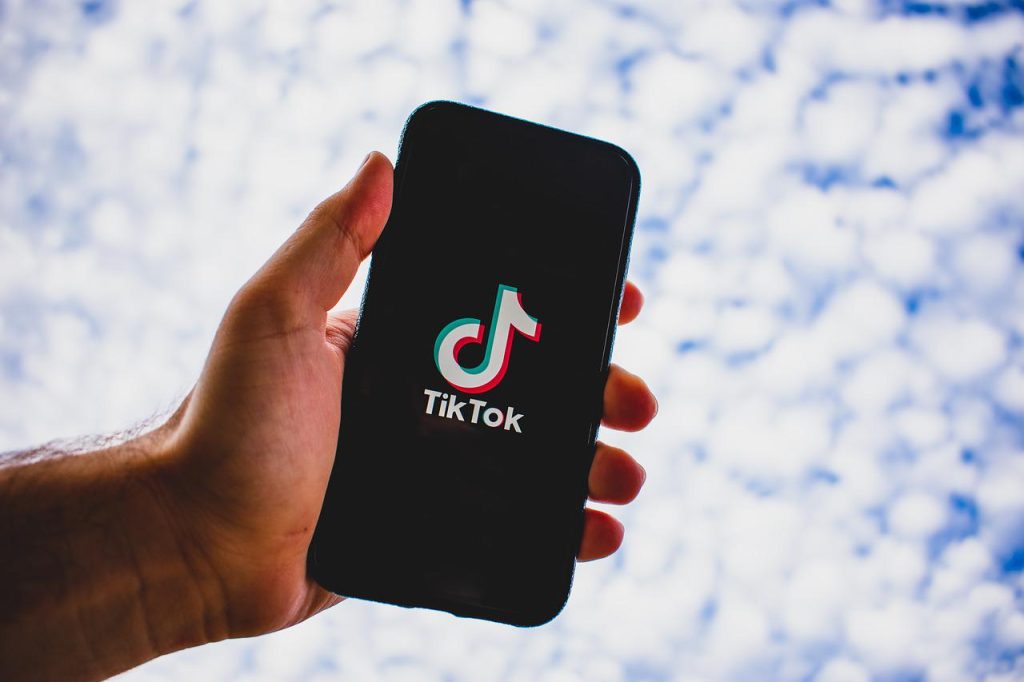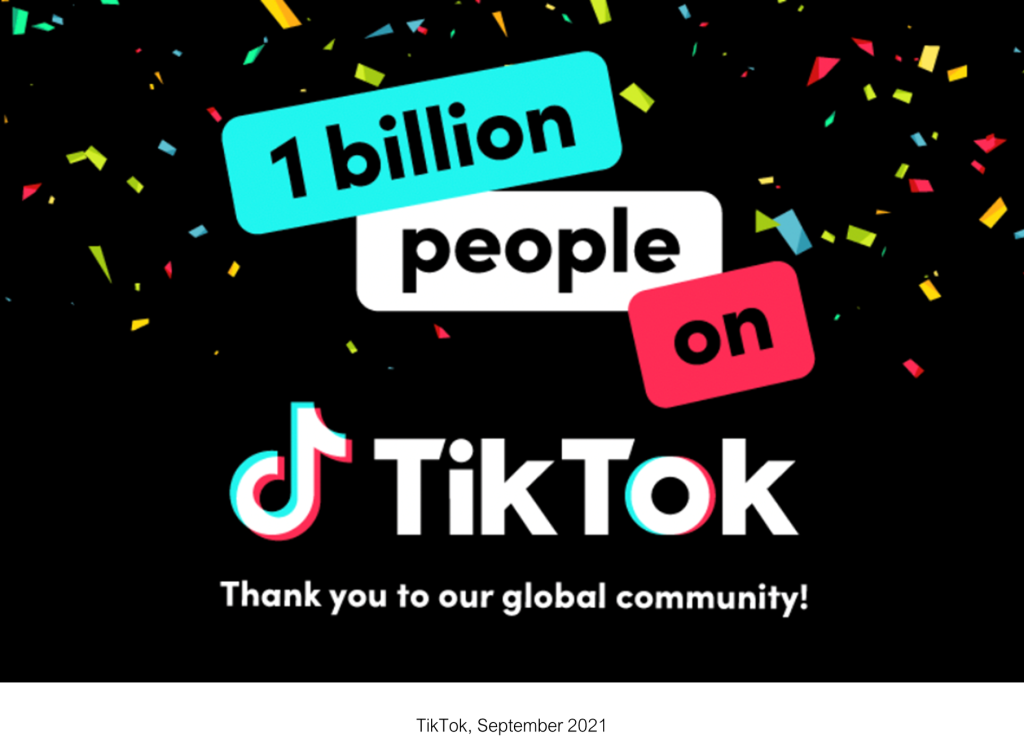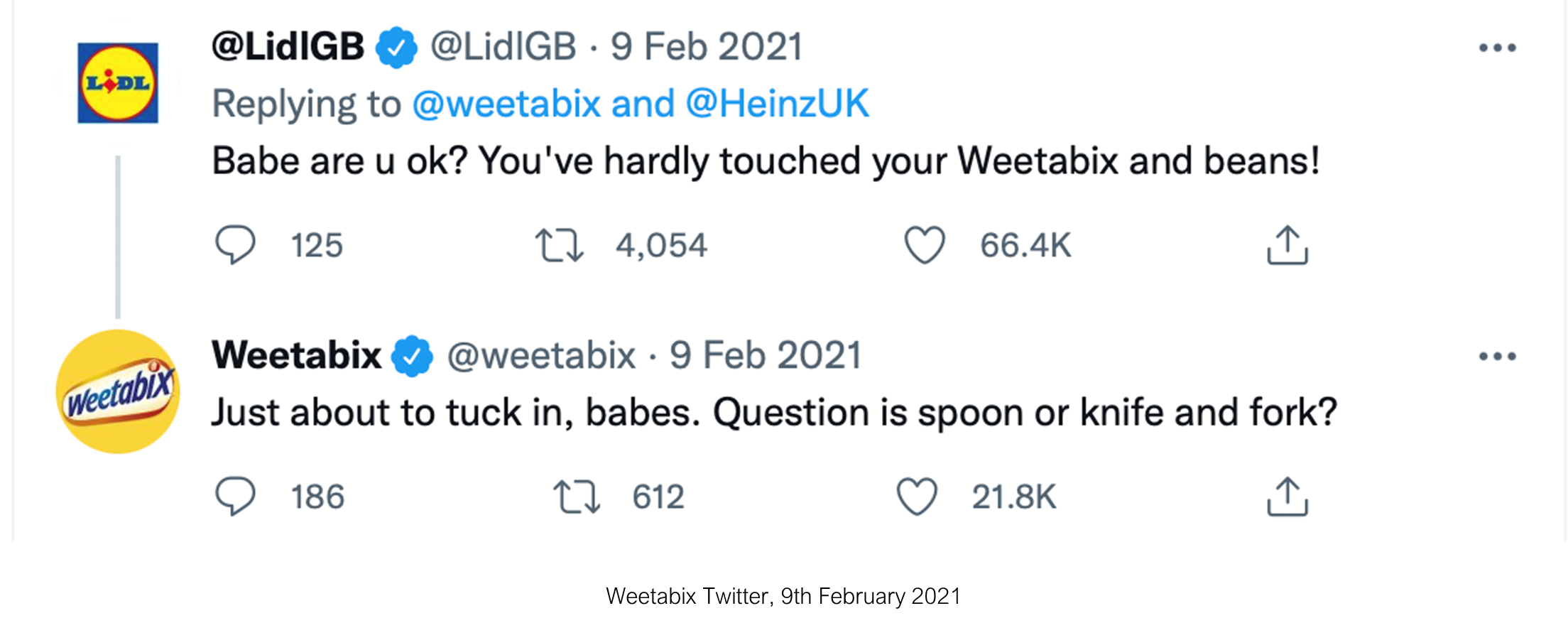TikTok-ing the Wrong Boxes
Why are PR Professionals Getting it so Wrong on Social Media?
About the author
Beth Mitchell prepared this article as part of a CIPR Professional PR Diploma assignment while studying with PR Academy.


Seismic shifts in the way people consume media have occurred over the past 25 years. The most significant of these was the advent of ‘Facemash’ (Facebook) by the infamous Mr. Zuckerberg in 2003. Now, almost 20 years later, new social media channels are grabbing the attention of audiences more than ever.
The perpetual evolution of social media, the way we engage with it, and the way it engages with us (!), has given rise to a plethora of new platforms to share, view, and promote messages. From Instagram to Pinterest, YouTube to Snapchat, and, most recently, TikTok … Why are PRs getting it so wrong on social media?
Under Pressure
It is easy to see the appeal for communications professionals to turn social media channels to elevate a product, service, or campaign.

In September 2021, TikTok revealed it has over one billion global monthly active users. The average Youtube viewer spends over 40 minutes of their precious daily time on the app and Instagram manages to grab the attention of 500 million people every day. The speedy rise of influencer culture has meant that it is quick and easy to enlist someone with an engaged audience to credibly tell your story for you at the click of a button. We regularly see gold-standard examples of brands that have managed to hit the jackpot with a viral trend. These cases often yield a reach that when compared to traditional media, could only be dreamt about.
Social media is now so widespread and ingrained in popular culture, that there is no quicker and more direct way to talk to your audience. The accessibility means that clients and internal stakeholders want to know why we’re not using the highest viewed influencer to promote our latest campaign, or replicating catchy TikTok trends.
There is often an expectation to jump on every fad on every platform with little respect for whether in doing so, it will meet our core objectives, KPIs, or even reach our target audience.
Sometimes it is hard to explain to a giddy CEO why this is not such a good idea.
Viral Culture
If asked ten years ago whether you would like to go viral, I am sure most of you would take a step back, cover your mouth, mumble something about being late to a brainstorm and rush off. However, this immediate cognitive association to contagious diseases within the communications industry is a thing of the past. It has instead been replaced by a digital association to the word. Viral culture, and the ease at which content can gain widespread momentum, is something to be marvelled at (and sometimes feared) amongst our industry.
You do not have to look far to see a brand that has flourished from an organic viral moment which has propelled them into the PR hall of fame.
British Mochi retailer ‘Little Moons’ reaped the rewards of viral culture in 2021, moving from a small gourmet retailer to a multi-million pound business and household name amongst Gen Z almost overnight.
The business saw sales increase by a staggering 2,500% in just a few months after several content creators took it upon themselves to create videos reviewing the colourful Japanese snack on TikTok. The trend quickly gained traction, with the hashtag #LittleMoonsMochi having received 320.8M impressions on the platform to date. Founder Vivien Wong attributed this success to how easy it was for people to re-create the videos at home and how quickly the brand responded to the trend on TikTok.
However, cases like this tend to be the exception, not the rule. Little Moons’ success was (for the most) part reactive, and might not have had the same outcome if the audience on the platform did not match the brand’s target demographic. We are at danger of confusing this kind of success for being achievable, and throwing huge budgets and resource at knee-jerk content creation in an attempt to recreate it ourselves.
Content is King
PR professionals need to understand that it is impossible to make content go viral, nor should it be the end goal. Content does, however, remain king and good content will go a long way online. Rather than throwing together a quick post or video, we should elevate a campaign by focusing on content that is relevant to our audiences. Messages and communications should be clear, high quality, and engaging.
Some of the best campaigns on social media use mixed methods to engage audiences. Think back Weetabix and Heinz’s iconic partnership last year! The team at Weetabix knew that putting two British breakfast heroes together would create a strong reaction in a divisive ‘Marmite’ way amongst the public. They craftily started their campaign on Twitter, with a strong image and replied to comments in a comical, tongue-in-cheek way. The campaign was also placed on Instagram, with Weetabix enlisting influencers to weigh in on the conversation on Instagram Stories. This propelled the story into national news outlets and encouraged retweets, comments, and shares from other British brands and celebrities.

Knowing your channels
Understanding your target audience and what platform they are consuming is essential for campaign success on social media. You wouldn’t place a story for an upmarket Whiskey client in Teen Vogue… So why are so many of us using the wrong social media platforms to share messages? TikTok, the new kid on the block, might be the fastest growing channel right now, but it does have a very young core demographic still. On the channel, 32.5% of its US users are aged 10 to 19 years old. That is not to say other age groups are on the platform (spoiler: they are), but it is worth considering whether the channel is going to reach enough of your desired consumers before investing in it.
On top of this, the content you create, co-create, or curate needs to be adapted for each channel for maximum impact. Where Instagram favours pictures and videos, successful Linkedin content is often text heavy, or allows you to link to a longer form blog style-pieces. Twitter’s famous 280 character limit means your message needs to be snappy. Videos longer than 10 minutes thrive on YouTube, where TikTok favours 15 second videos. These different styles mean that you have to amend your story for each channel, and think about how best to get across key messages.
Watch out for Filter Bubbles
Recent developments in artificial intelligence and machine learning online have given rise to super-smart algorithms on social media channels. This greatly affects who, when, and how audiences see your content. We all must be conscious of the development of what Eli Pariser[1] has coined ‘Filter Bubbles’.
The over-tailoring of our news feeds means that we are increasingly only being shown content that we’re likely to engage with, based on previous habits.
In some cases, the silos that Filter Bubbles create can mean that your content is directly delivered to a captive audience. But, beware – these bubbles can be damaging. They create echo chambers and may alienate your content from those who might have otherwise engaged.
Staying on Brand
It is possible to overlook the wider values of whoever you are representing when communicating via social media.
The informal nature of certain channels, owing to the fact that truly anyone can create content, can mean that brands often take repetitional risks in the battle for attention on over-saturated platforms.
In 2021, Burger King posted a tweet stating ‘women belong in the kitchen’. Although intended to be tongue-in-cheek to promote a PR campaign about female under-representation in the food industry, the fast-food giant quickly felt the heat of this poorly judged post, receiving thousands of public-facing complaints. Eventually, they apologised and deleted the tweet.
It is easy to forget that social media channels open up a public two way conversation with audiences in a way that traditional PR does not. During a crisis, in best cases, this can be counter-intuitive to the success of the campaign. In worst cases, this can leave lasting repetitional damage.
Planning Makes Perfect
To get it right on social media, good planning is essential. Although this seems like an obvious point, many PR professionals are under-planning and subsequently under-performing. Social media can be such a vast beast at times, and being able to go back to your objectives to review whether you are making the informed decisions will ensure you stay on track.
If you are often asked to post about something because your client or senior stakeholder has seen your key competitor do it, it’s helpful to use your objectives to explain why it might not be the best idea. This is especially useful at those moments where you are being asked to hand over the login details to the newbie in IT who wants to live-stream their team night out. Using a trusty planning tool such as the POST model helps ask important questions early on. This will eliminate ideas that don’t align with the key objectives. Taking time to ask questions like: “who do I need to talk to?”, “what are my key messages?”, “how am I going to say it?”, helps work out whether it’s right to use social media for a campaign full stop. Contrary to popular belief, the answer isn’t always yes. Due to the speed in which social media is changing, PR professionals should be regularly reviewing their plans to keep up with updates in algorithms and changing audience behaviour. In the words of Jed Hallam [2]: “people are unpredictable, therefore the markets and businesses they operate in become unpredictable”.
Bin the Crystal Ball
It is inevitable that there will be shiny new social media platforms emerging in the future. Whole generations are growing up as digital natives – some of them are even being named after Instagram filters like ‘Reyes’ and ‘Ludwig’ according to Vanity Fair! [3] Unfortunately, we can’t predict what platform or trend is next to come. But, as PR experts, we can ensure that we are sticking to our planning principles and objectives in the same way we do for traditional PR practice. As an industry, we need to ensure that we are leading the way when it comes to strategic communications on social media. We have all the tools at our fingertips. We just need to remind ourselves sometimes to slow those thumbs down!
[1] Pariser, E. (2011) The Filter Bubble: What the Internet is Hiding from you
[2] Hallam, J. (2013) The Social Media Manifesto
[3] https://www.vanityfair.com/culture/2015/12/instagram-filters-baby-names